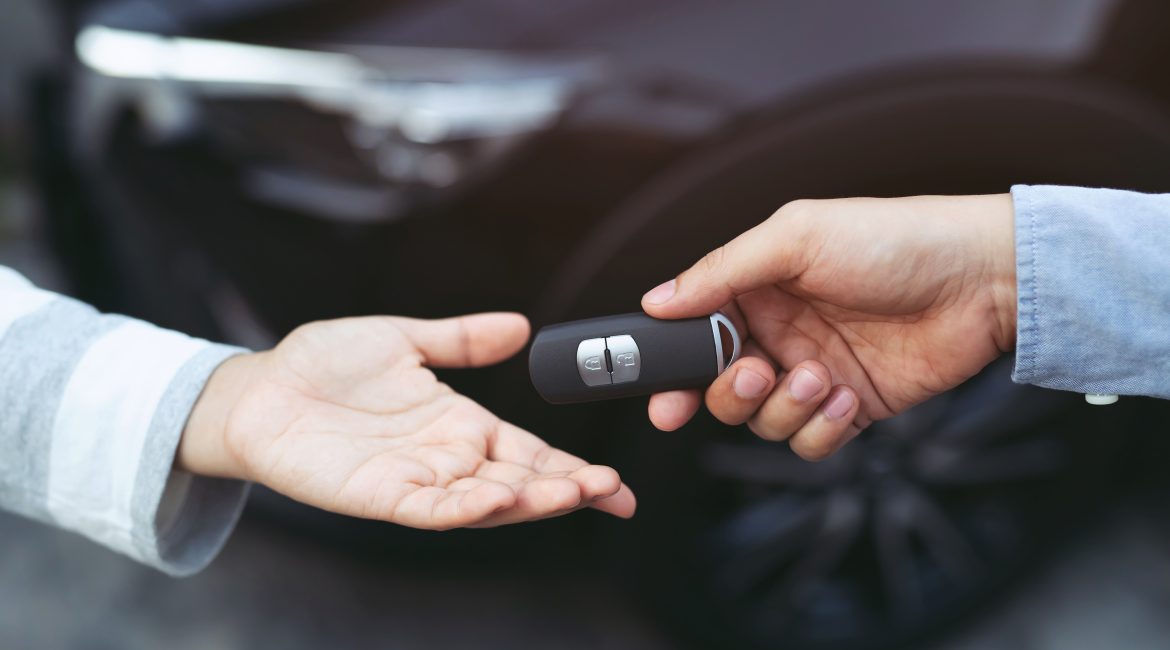If you’re in the market for some new wheels, make sure you know what to look for when buying a second hand car. Run through these safety and condition checks, and you’ll be on the road before you know it.
When it comes to buying pre-owned cars, most people have no idea what to look for. When you’re buying new, you get to focus on the big details and trust that manufacturing has taken care of the nitty-gritty.
Second-hand sales often happen on a personal level, which means you aren’t dealing with a third party. Cutting out the middleman can be great, but it comes with a little risk. There could be deception, lack of knowledge and general miscommunication all around.
With this checklist, you’ll be able to understand:
- The difference between a good purchase and a bad purchase
- The key questions to ask the seller
- Which defects are deal breakers
In general, there are a few steps to finding out if this vehicle is worth buying. The process as a whole involves:
- Finding loads of cars to look through
- Prepping for a test drive
- Doing the test drive
Discover: 6 essentials for your car emergency kit
What to look for when buying a second hand car
The engine
The engine is arguably the most important part of the car – it’s what keeps everything running smoothly. The components in an engine need to be in good shape and require regular maintenance.
Leaks
Checking for leaks is easy. A well-maintained engine shouldn’t have any fluid leaks. Check underneath the car for oil marks on the driveway or any sludge that has built up on the underside.
Oil
Dirty oil can cause huge problems down the road, so make sure to give it a thorough look. Check the reading on the dipstick, make sure it is sitting at the correct level. Look at the oil and check that it isn’t a strange consistency or colour.
Also, check for dirt or build up around the lid or connectors – this will be a tell-tale sign as to whether the car has been neglected.
Exhaust smoke
A little puff of smoke is no big deal – but the colour of the car’s exhaust smoke can tell you A LOT about what’s going on inside. Turn the engine on and wait a few minutes to see if any worrying smoke appears.
Clutch and gearbox
This part of your inspection will take place during the test drive. Let’s face it, people don’t treat their clutch with the respect it deserves. Whether they’re riding the clutch or forcing the gearbox, tons of wear and tear can take place.
Here’s what we recommend looking out for:
The clutch biting point should sit in the middle of the pedal’s travel (the pedal travel is the distance the pedal needs to move to activate the brake pads).
- There should be no grinding or resistance.
- Make sure you can change gears easily.
- Ensure the ‘kickdown’ functions well.
Wheels and tyres
Tyres can be replaced, but this is something that’s going to save you money. Noticing if something is wrong with a tyre means you can either ask for the value of new tyres to be deducted from the asking price or you can say that a tyre replacement must be included in the sale.
Here’s what to look for to see that your tyres are in safe and roadworthy condition:
- Free from cuts, splits, gouges, or bulges.
- The tyre tread would ideally be at least 1.6mm deep. Make sure this depth applies all around the tyre. Uneven tyres could indicate bad wheel alignment or weak suspension.
- Excessive wear around the middle or around both edges mean these tyres may have been consistently over or under-inflated. These tyres will need to be replaced.
Another important aspect of pre-owned cars: How to Tell if Your Brake Pads Need Replacing: 5 Important Signs
Important questions to ask when buying a second-hand car
If you don’t ask, you’ll never know. Let’s end off with some important questions to ask:
- Has the car been in any accidents?
- Is there a report of the vehicle history?
- Is this car going to affect your insurance premiums?
- Has any damage been sustained to the exterior and interior?
- Why are they selling the car?
We hope this handy checklist helps you to find the second hand car of your dreams! And don’t forget to make sure your new vehicle is insured with Oneplan Car and Household Insurance so that you’re always have comprehensive cover on the road.
Your Insurance Family,
Oneplan




